In Escape Room In A Box: The Werewolf Experiment, Dr. Cynthia Gnaw is a brilliant scientist who—oopsie—accidentally turned herself into a werewolf while trying to create a superhuman. But science requires reproducible results, so … now you’re going to turn into werewolves unless you can find the antidote within the hour.
What Is Escape Room in a Box: The Werewolf Experiment?
Escape Room in a Box: The Werewolf Experiment is an escape room game for 2 to 8 players, ages 13 and up, and takes about an hour to play. It is now available for purchase online and retails for $29.99. I played with several kids who were younger than 13 (tweens and up) and it went fine. Thematically it’s about finding an antidote so you don’t turn into werewolves but there’s nothing too scary; some of the puzzles were more challenging than others, but there were definitely enough that the kids were able to work on them as well.
The Backstory
About two years ago, Juliana Patel and Ariel Rubin launched a Kickstarter project for Escape Room in a Box: The Werewolf Experiment. It was a great idea: escape room games had progressed from point-and-click computer games to real-world, physical environments, which were becoming more and more popular. But real escape rooms are pricey: $25 per person or more for about an hour’s worth of puzzle-solving. Patel and Rubin wanted to bridge the gap: their version would cost less than physical games (the Kickstarter pledge was $45) and you could enjoy the experience from the comfort of your own home.
The Kickstarter project was successful, with over 2,300 backers eager to match wits with a mad scientist trying to turn everyone into werewolves. The project took a little longer than planned to deliver to backers, shipping in August of 2017. Then Patel and Rubin announced that Mattel had licensed the game and would be producing it for retail sale, lowering the price point and making it more widely available.
This review is based on the Mattel version, which differs slightly in components from the Kickstarter version, but otherwise has the same puzzles and theme.
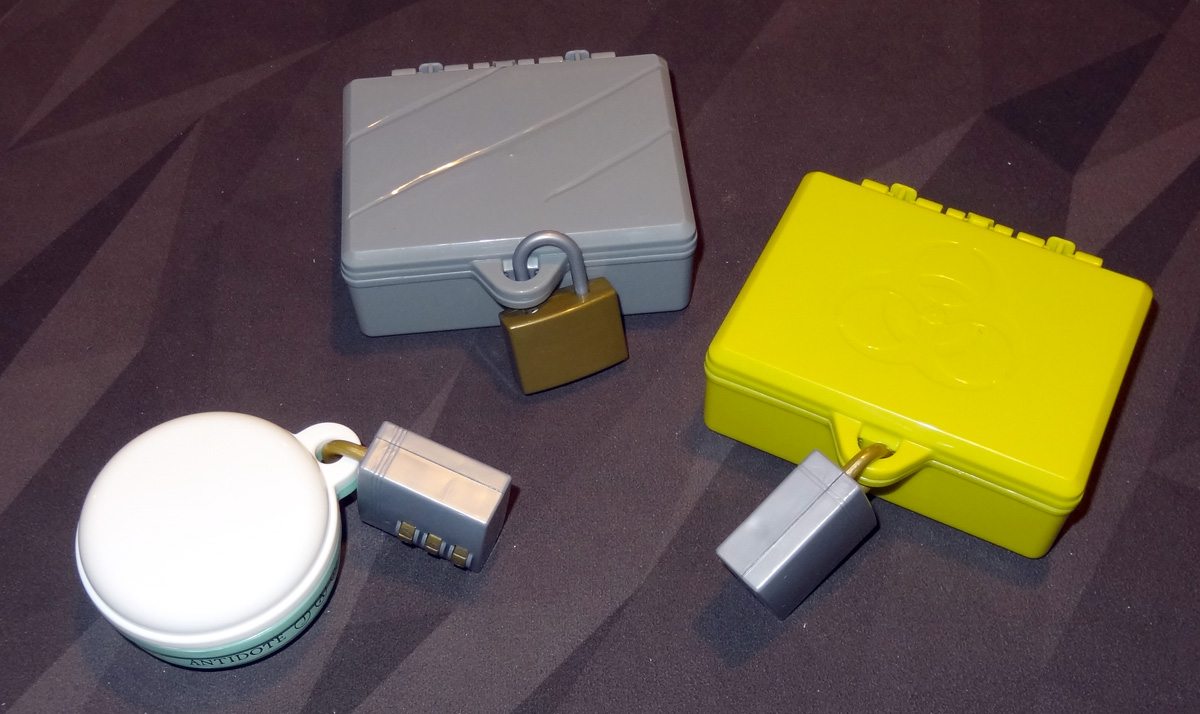
Escape Room in a Box: The Werewolf Experiment Components
Unlike most of my game reviews, I don’t want to spell out too much here. The outside of the box says “19 puzzles” and “3 locks” so you know at least that much. What I can tell you is that there are three little plastic containers, each with a lock on it. Two of the locks are combination locks and one requires a key. The locks themselves are plastic—they’re part of a puzzle, not really meant to keep you out of the box if you really wanted to break into it.

There’s a variety of paper and cardstock with illustrations and writing on it, a few envelopes, and several other components, like a small pencil, a petri dish, and … well, that’s probably enough. There are also a hint booklet and an answer booklet, in case you need a little help or get totally stuck.
I would say, compared to the other at-home escape room games I’ve played, this does have more stuff in it: most of the games I’ve played are largely paper and cardboard, with only a few non-paper components. Escape Room in a Box: The Werewolf Experiment has more physical objects to play with.
One important note: the game is intended to be played once, because after that you’ll know the solutions to the puzzles, so it’s not really something you would play again anyway. Also, some of the paper puzzles will be written on in the course of solving them. Mattel should soon have a set of PDFs that will let you reprint the puzzles and instructions on how to reset the game. (The current password-protected PDFs on the site are for the Kickstarter version only.)
How to Play Escape Room in a Box: The Werewolf Experiment
The Goal
The goal of the game is to work together to find the antidote before your hour runs out. Solve puzzles to find the key and combinations to the locks!

Setup
There’s not really any setup to speak of. When you open the box, you’re greeted with the sight of a big “Keep out” sign, and another sealed paper that says “Open this when you are ready to start the game.” The paper tells you that you’ll need a timer device plus some extra pencils, and that you won’t need to generally destroy anything to solve a puzzle.
Gameplay
Once you’re ready, you just open the sealed paper, which kicks off the game with a little more about the story, and then tells you to start the timer. Once you lift the “belt” (seen in the photo above), you can lift up the rest of the materials, and start working on the puzzles.
There are a number of different types of puzzles. Without giving too many details, there are word-based puzzles, number-based puzzles, physical puzzles, and some that require careful observation.
Game End
The game ends when you find the antidote … or when your time runs out and you all turn into werewolves.
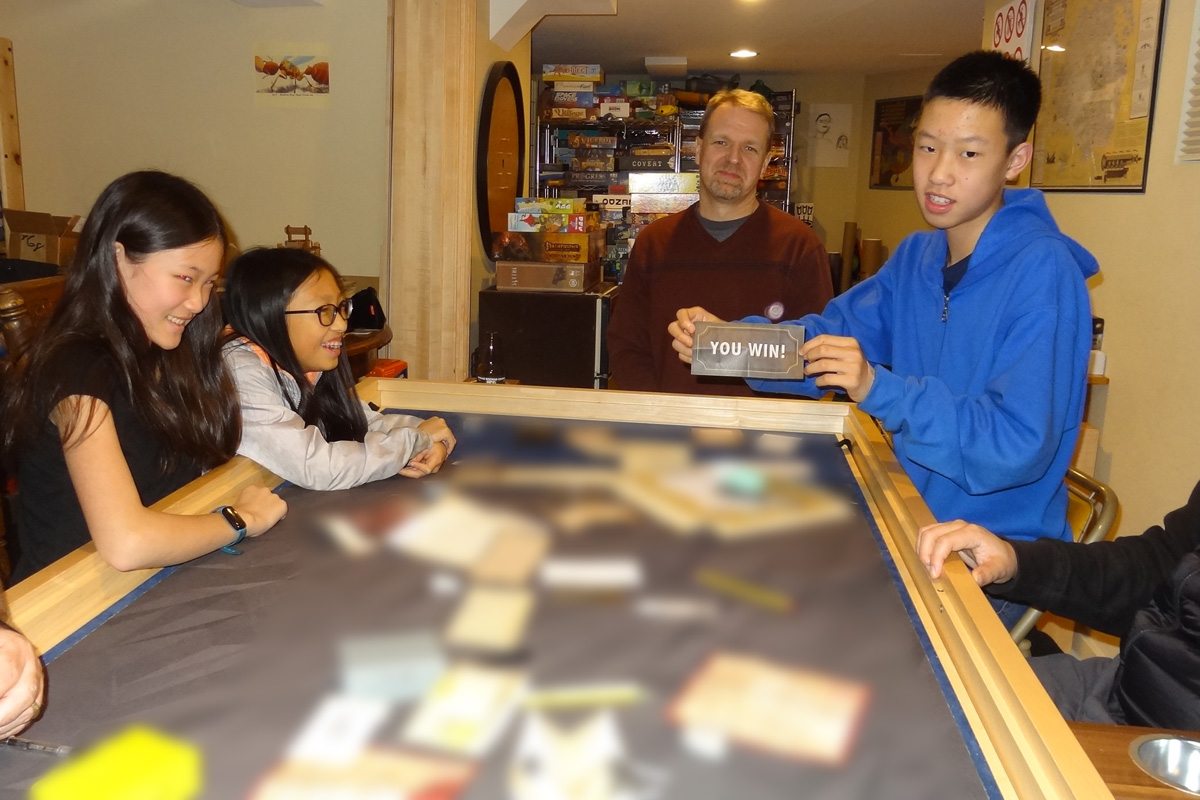
Why You Should Play Escape Room in a Box: The Werewolf Experiment
I really enjoy escape rooms—I’ve played many online computer versions, a few real-world versions, and a handful of play-at-home versions. Escape Room in a Box: The Werewolf Experiment is one of the first boxed versions I had heard of when it launched on Kickstarter, and I was curious how it would turn out. Unfortunately for the designers, between the time the Kickstarter concluded and when the game was finally available to the public, several other game companies also released play-at-home escape room games, some of which we’ve reviewed here on GeekDad. So the timing turned out to be a little tricky—the first to market always gets a bit of an advantage.
All of these escape room games tend to be single-play experiences, since there’s not really much of a challenge in solving a mystery you already know the answer to, but the games have different levels of reusability. In the case of Escape Room in a Box: The Werewolf Experiment, it’s nice to know that we will be able to print out replacement puzzles so that somebody else could play it again, though if that’s your plan I would recommend not using the various envelopes as scratch paper (which we did).
There’s a range of prices on the escape room games, and this one is on the higher end of that range. As I said before, it does include more non-cardboard, non-paper components than most of the others I’ve played so far, so you can see where the money goes, too. I like the way that the cards-only Deckscape simulates locks and physical puzzles, but there’s something to be said about popping open an actual lock with a key that you’ve found hidden away somewhere. If you really like the tactile aspect of physical locks and puzzles, Escape Room in a Box: The Werewolf Experiment has the others beat in that aspect. And even then, $30 for a group to play an escape room game is still much cheaper than going to an actual escape room. If you do get a chance to go to a real-life escape room, I highly recommend that, too, but it’s a bit of a splurge! The play-at-home versions are an excellent compromise between price and physical puzzles.
I played with a group of five adults and four kids—more than the recommended player count, but it still worked pretty well. Having fewer players would allow each person to do a little more, but having more people gives you more brains to work with, which can be good or bad, I suppose. Some of the puzzles are parallel rather than linear, which means that you can have multiple people working on different things at the same time, rather than having to solve one clue before moving on to the next. In some cases, multiple puzzles will feed into another one, but you’ll have to figure out the best order to approach everything. I do like that everyone can work on things in tandem, but it does mean that somebody might finish a puzzle that you hadn’t even seen because you were working on something else.
The age rating says 13 and up, and I think it’s for a combination of the puzzles and the theme—but the tweens we played with didn’t have any issues with the werewolf theme or the types of puzzles, as far as I could tell.
Together, we did manage to escape Dr. Gnaw’s scheme before our time ran out, and we had a blast doing it!
If you like escape room games, Escape Room in a Box: The Werewolf Experiment is definitely worth trying! For more information, visit the official website. I’ve read that Patel and Rubin are at work on the next game in the series, so stay tuned!
Click here to see all our tabletop game reviews.
If you’d like to stay up-to-date with all of our tabletop gaming coverage, please copy this link and add it to your RSS reader.
Disclosure: GeekDad received a copy of this game for review purposes.
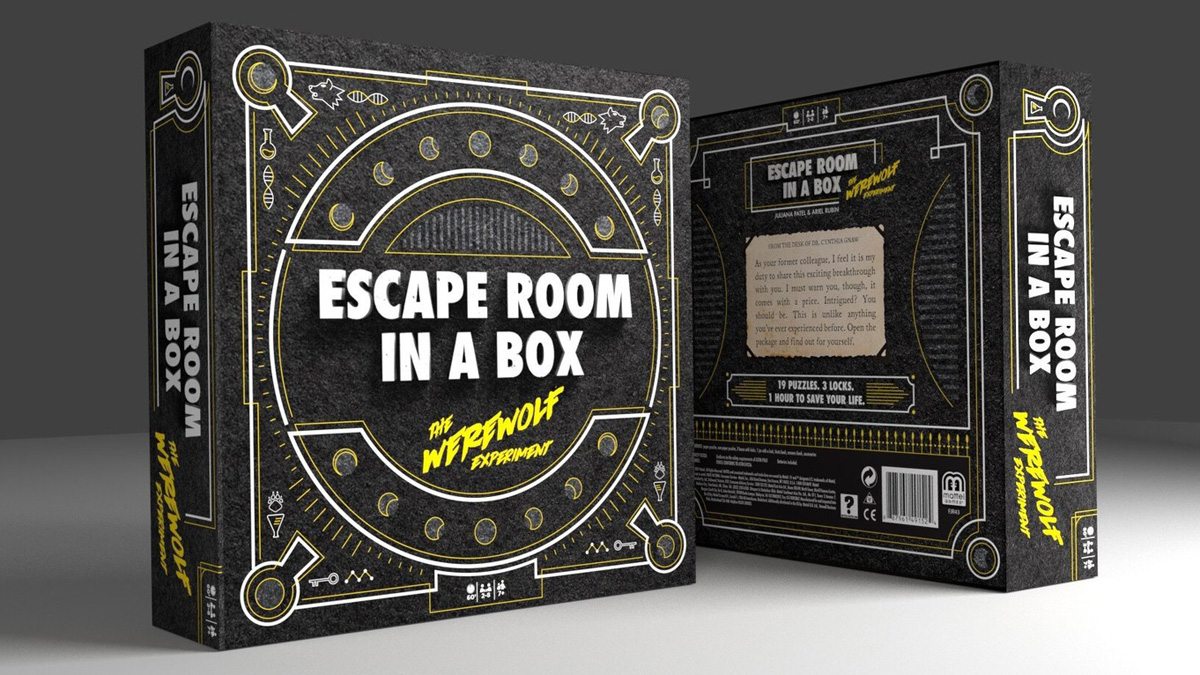


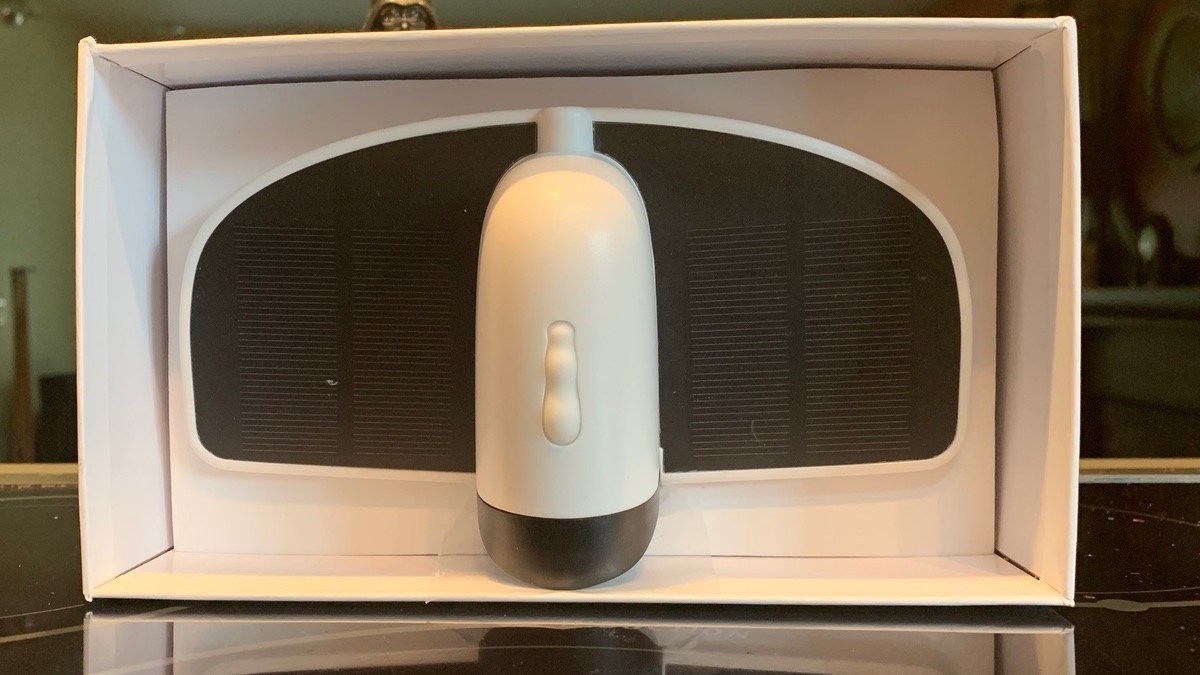

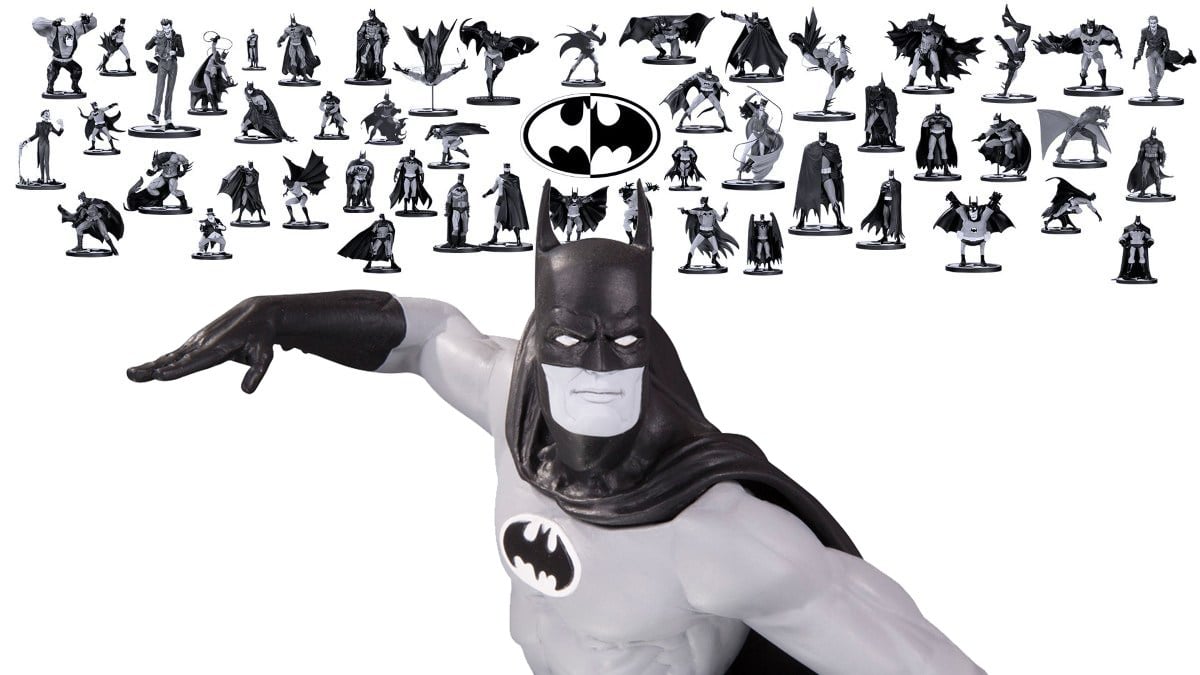
This looks like a lot of fun. I use to play the escape games online years ago. I recently just went to https://getoutgames.com/ in Salt Lake City for an in person experience. So much fun.
It is amazing to see escape room games in an indoor games format. Escape room games are good for children to improve their analytical skills and also have a lot of fun at the same time.
That’s a great indoor activity but I wish it could be rented because if you’ve already solved it, then you can just return it instead of owning it.
The trick is that many of the components will be written on during the course of the game, so it’s not really something you could return. There is supposed to be a refill kit coming, but I don’t think Mattel has release their version of that yet. (For backers of the original Kickstarter campaign, there were some PDFs available, but they don’t match the Mattel version exactly.)
I am so delighted that they made an escape room game for people ages 2 to 8. I am sure this would be an educational game and it would greatly benefit the young kids.